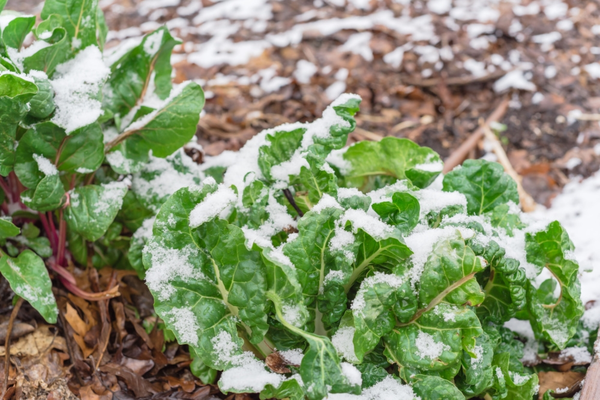Enchanting berry bushes are the most beautiful gems of the autumn garden. In the enchanting transition from summer to autumn, berry bushes reveal their true splendour. With a dazzling palette of colours and graceful fruits, they add a touch of magic to any garden. These natural gems are not only a feast for the eyes but also provide food for local wildlife. Explore with us the wondrous world of berry bushes in autumn and be inspired by their beauty and versatility.
Berry bushes for colour and birds

You can still plant a berry bush or a hedge of berry bushes in the autumn. They come with numerous benefits:
- Many berry bushes are evergreen.
- They offer shelter and food for birds.
- They provide privacy.
- Some, with their spiky leaves or thorny branches, keep unwanted visitors at bay, whether it's a dog or cat, or intruders or vandals.
- They grant access to your garden for small animals like hedgehogs and toads, which a fence doesn't do.
- A fence also doesn't absorb rainwater during heavy rainfall or provide cooling during prolonged summer heat.
- Their foliage can be used in Christmas arrangements and wreaths.
5 Stunning Berry Bushes

- Spindle Tree (Euonymus): Adorns itself with flame-coloured autumn leaves and orange or red berries in the shape of spindles, from which red, pink, yellow, or white seeds emerge. After the first frost, the leaves and berries usually fall from the bush, but if it doesn't freeze too hard, the berries can remain on the branches for a long time (if the birds don't eat them).
- Barberry (Berberis): Forms an impenetrable, thorny hedge about two meters high. It displays beautiful autumnal colours and gets blue, red, or salmon-pink berries, followed in spring by orange or pale yellow flower clusters.
- Cotoneaster (Cotoneaster): There are both evergreen and deciduous, low-growing and tall varieties. The approximately fifty-centimetre high, deciduous Cotoneaster horizontalis is particularly striking, with horizontally growing branches and a beautiful autumn colour. In a mild winter, it retains its leaves.
- Most Holly species (Ilex): Thrive even in shade and poor soil. There are many evergreen species, but also some deciduous ones. All of them develop colourful berries in September, which the birds love.
- Guelder Rose (Viburnum opulus): A native deciduous shrub that can grow up to three meters high and preferably thrives in damp soil. It blooms in May-June with white corymbs, which turn into numerous (toxic) red berries in autumn.
Autumn also has its own charms. With shrubs and hedges bearing colourful berries, our garden centre in Reading tells you how to create your own 'Indian Summer.'




